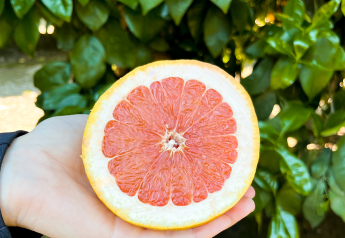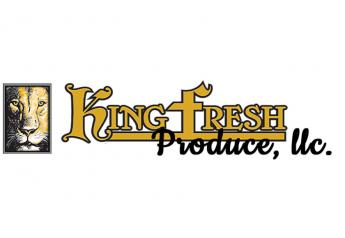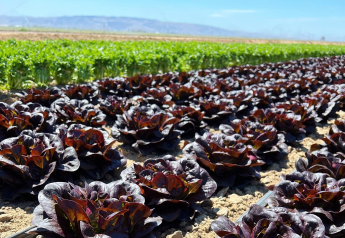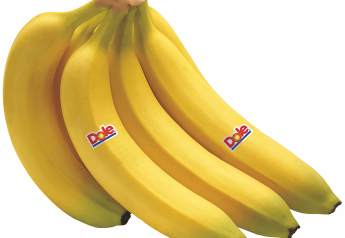Keeping and improving the food box program

Produce operators have provided the U.S. Department of Agriculture with 30 ways the agency can improve the next food box program.
The Farmers to Families Food Box Program was created during the early days of the COVID-19 pandemic to help consumers, growers and the food supply chain.
Since its rollout in mid-May last year, USDA contractors have delivered 152.5 million boxes of fresh produce, milk, dairy and cooked meats to disadvantaged Americans across the country.
Getting better
On March 31, United Fresh Produce Association’s Produce Box Working Group presented the USDA with a 13-page document with 30 recommendations that would help guide a new program around produce food boxes.
The recommendations were in response to USDA’s call for recommendations and comments on a successor program to the Farmers to Families Food Box Program.
The development of the working group’s recommendations has occurred over several months, according to United Fresh.
More than 100 individuals and companies participated in the working group, which included 30 nonprofit feeding organizations.
Three overriding recommendations of the working group, according to a news release, were:
- Return to produce-only boxes;
- Eliminate low cost as determining factor in contract decisions; and
- Provide expanded, smaller contracts, including multiple awards in states and USDA regions.
“From our meetings, there was a shared desire in the working group to maximize the nutritional value for box recipients and to improve the box quality and service by a more equitable distribution of contracts across the country. That was the overriding goal of this effort,” Mollie Van Lieu, senior director of nutrition policy for United Fresh, said in the release.
Robert Guenther, senior vice president of public policy for United Fresh, said in the release that the food box program represents an opportunity to improve in the way the USDA can help produce farmers, distributors, and low-income children and families.
“Most importantly, this program has recognized that government-private partnerships work on a large scale to address a significant need in our country,” Guenther said in the release. “To that end we believe this program has a strong foundation to continue, not just as we continue to recover from the COVID-19 pandemic, but as another tool for USDA to reach its goals of having healthy and nutritious food delivered to our most vulnerable populations.”







